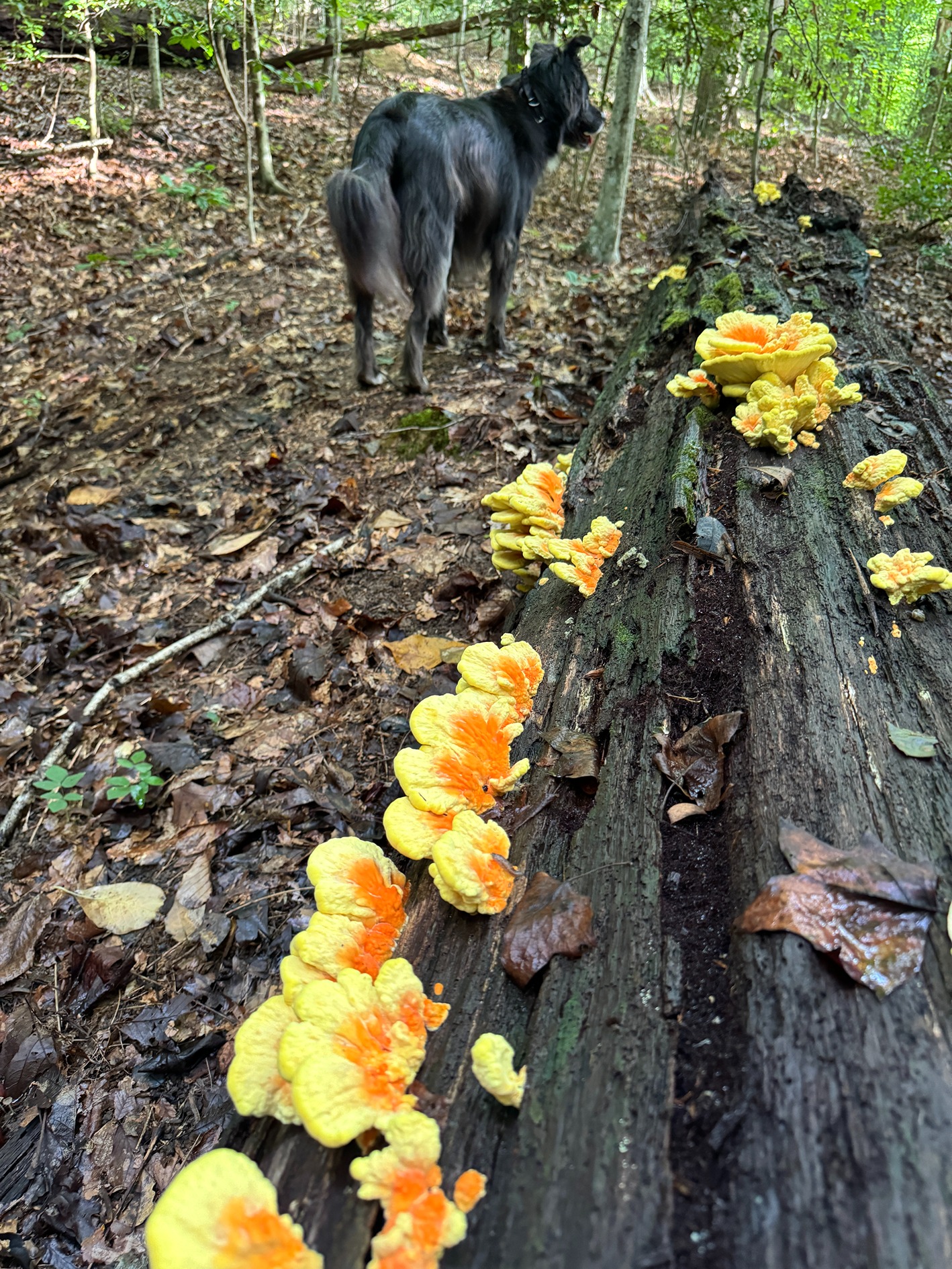
Sometimes arborist terminology and lingo can be confusing to a homeowner. One of the most common challenges as a tree-care advisor is explaining pruning goals without using too much industry jargon. Hopefully, the following will help you, the homeowner, understand some of the terminology you may hear or read in relation to pruning your trees.
Pruning cuts fall into three main categories: removal, reduction, and heading. Each type of pruning cut is used to achieve a specific goal and is dependent on the tree’s species, location, form, and health. All three pruning cuts create different results and appearances. When pruning, the size of a pruning cut matters. Typically we try to remove live branches no larger than two to three inches in diameter. Anything larger than this really needs a reason, as larger cuts can result in potential decay over time.

A removal cut is probably the simplest to understand. As the name suggests, a removal cut gets rid of an entire limb at its point of origin, which is a larger limb or other section of the tree. This can be against a trunk, coming off of a larger limb, etc. The goal with this kind of pruning typically is to create clearance from a structure, allow for light penetration through a canopy, or when other smaller pruning cuts are not possible.
A reduction cut is performed by cutting back a larger section of limb back to a smaller section. The important thing to remember here is to always bring the cut back to a limb that is no smaller than ⅓ the size of what’s being removed. This helps ensure that there’s a substantial limb to help take over growth. This pruning technique is often used on the tips of smaller trees to prune away from structures or other trees where full removal of a branch is not necessary or recommended.
Heading cuts, also called topping cuts, are likely the most misunderstood. With a heading cut, the branch is pruned back to a limb less than ⅓ the diameter of what’s being removed. This cut results in excessive suckering (clusters of small weak branches) originating from the cut. With removal and reduction cuts, the final cut allows another branch to take over. With a heading cut, there is no dominant limb, so new sprouts form and compete with each other. These sprouts are typically extremely weak. So why would anyone make this cut? We save this type of pruning for very specific circumstances with a particular goal in mind. Heading cuts are very situational and species-dependent. Some examples of when topping cuts might be employed by a trained Arborist are hedge trimming, pollard pruning, and fruit tree pruning.
The arborists at Truetimber truly enjoy pruning. Next time we’re on your property to care for your trees, feel free to pick our brains. We’d love to explain the thought process that goes into pruning and how it can help achieve your goals as a homeowner while keeping our urban forest thriving.


